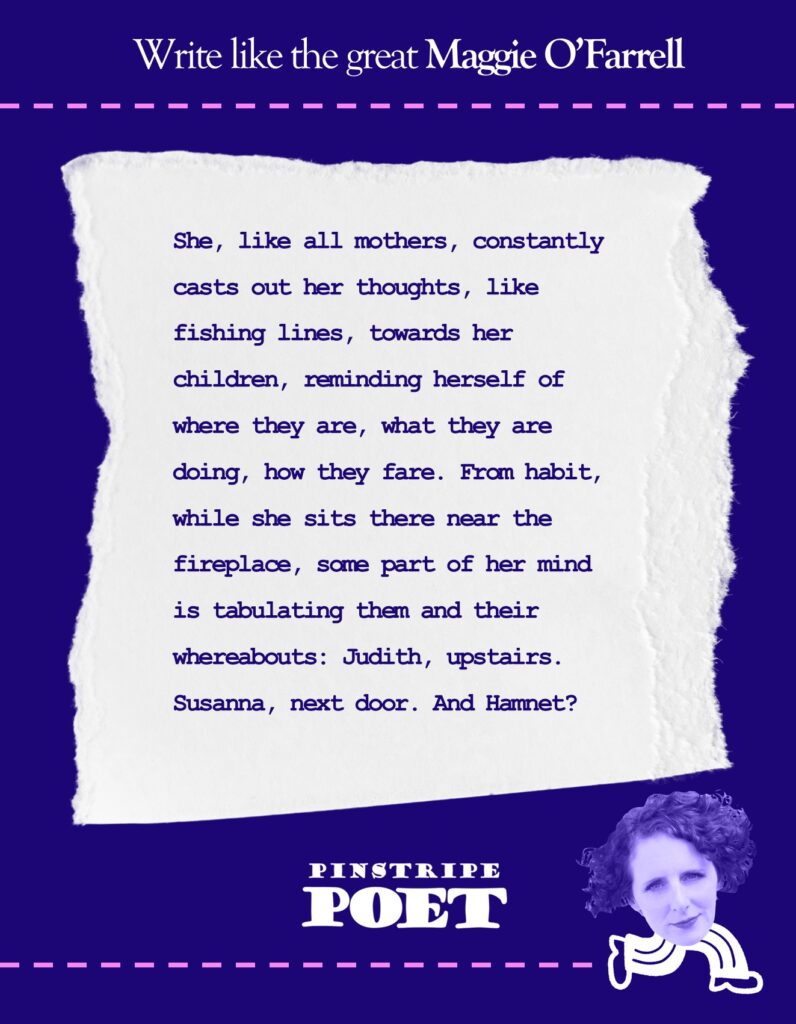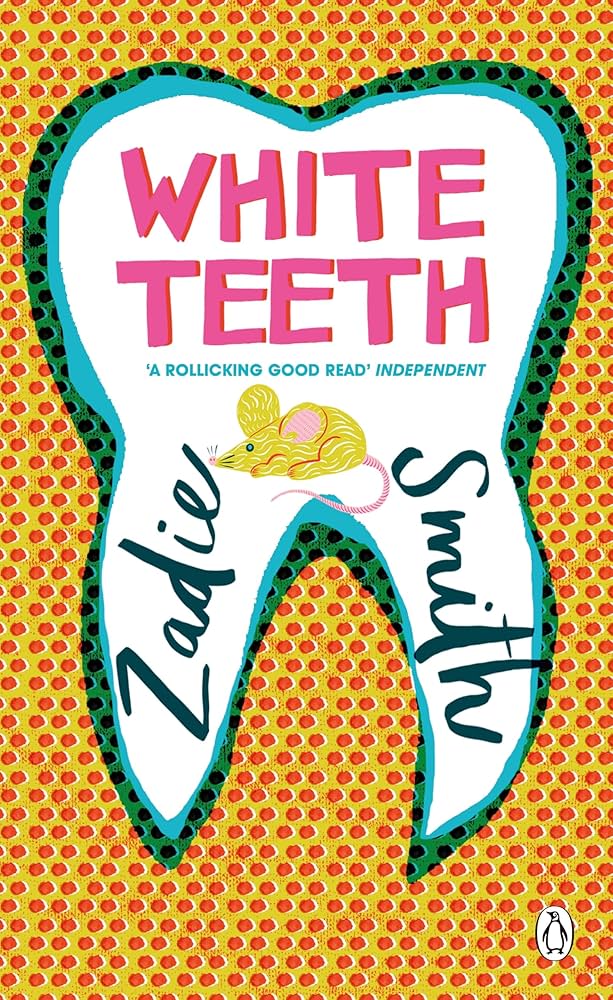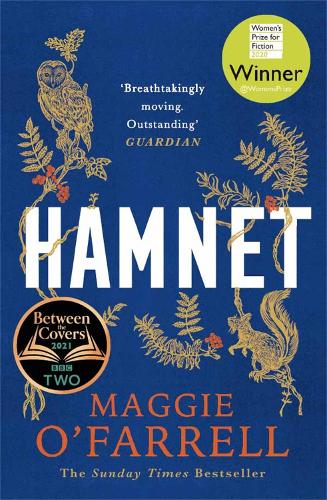
It is a time of time
There was snow last night, I’m told. By the time I was awake, it had been overtaken by grey drizzle.
But the mind can play tricks. I can imagine the dancing snow, even as I look out on a pavement dressed in rain.
The snowflakes would have whirled in the lamplight, like moths out of hibernation.
They would have settled to reflect the sulphurous yellow.
They would have been disturbed by foxes searching for scraps, disappearing in the early hours.
It’s poignant to contrast the past with the present. Or to guess at what the future might hold.
And these are the kind of temporal games that occupy us in early January, as we reflect on a lost year and hope that better days lie ahead.
Time-travel with me
I’ve been darting around history thanks to three novels:

A Visit From The Goon Squad, which was sometimes about the 1970s, sometimes about the 2010s, sometimes about the years in between.

White Teeth, which ranged even further. It had chapters about a 1857 uprising in India and a hurricane that hit Britain 130 years later.

Hamnet, which followed the historical figure Agnes Hathaway as she became wife, mother and witch.
Time is a goon
In those novels, time is an antagonist for men who had an appointment with glory, and missed it. For women who had beautiful boys, and lost them.
In A Visit From The Goon Squad, Jennifer Egan showed the same cunning as Zadie Smith in White Teeth. Both books opened many windows onto their characters.
Readers could peek through at the jumbled pieces of jumbled lives. They would have had to squint to see any evidence of Fate.
Fate is a foe
I was gripped by the way Maggie O’Farrell manipulated time. Hamnet — a book that did believe in Fate — seized my heart and squeezed.
O’Farrell stuck to a stricter schema than the other writers. Readers would tense at the end of each happy chapter, knowing the next wouldn’t be so kind.
The reader gained that foresight, as Hamnet reliably switched between two epochs in Agnes’s life.
One sparked by an encounter with a Latin tutor called Shakespeare.
Another which unspools from the moment a boy — Agnes’s boy — descended the stairs in Stratford.
Hamnet has lost track of what he is meant to be doing. He has momentarily slipped free of his moorings, of the fact that Judith is unwell and needs someone to care for her, that he is meant to be finding their mother or grandmother or anyone else who might know what to do.
From that moment, my panic only mounted. I’d be entranced by courtship, marriage negotiations and homemaking and then recall the death that was to come.
It was almost enough to make me put the book down, so Hamnet could live longer.
Later, and for the rest of her life, she will think that if she had left there and then, if she had gathered her bags, her plants, her honey, and taken the path home, if she had heeded her abrupt, nameless unease, she might have changed what happened next.
Books are made of moments
Can you recognise a pivotal moment while you’re in it?
Rarely. Unless you’re revisiting a chapter of a book.
It’s easier to feel the weight of time once it’s slipped away (a realisation that should send you stumbling to the Historical Fiction shelves in your library).
A heavy absence sits at the centre of O’Farrell’s story. As Hamnet leapt the final three stairs, according to his habit, I realised I was seeing a ghost.
Aidan Clifford writes for Pinstripe Poets – artists who love their day jobs. This post is part of a series called ‘Write like the Greats’. See the rest here.


